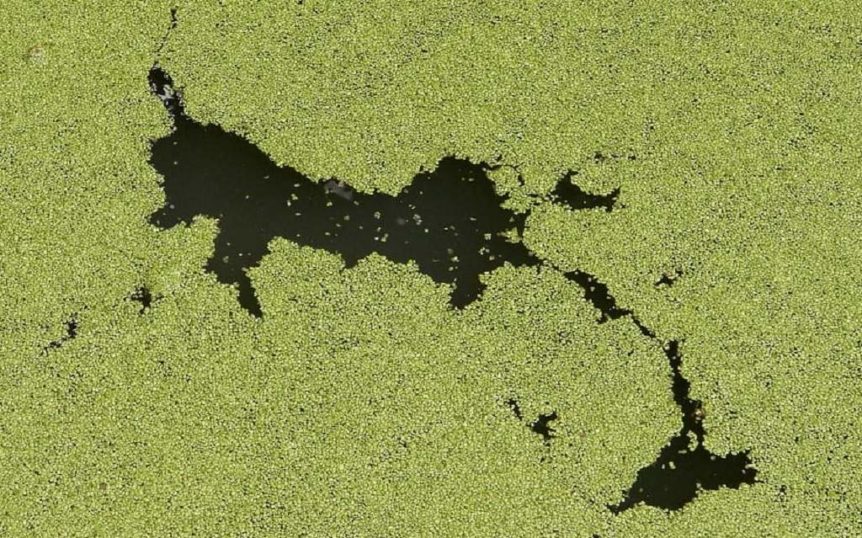It’s easy to see algae when it really takes hold. However, knowing the early signs of swimming pool algae can prevent those ugly spores from growing.
The last thing you want to do is walk out and see your pool turning green, black, brown or anything other than crystal clear water.
Proper maintenance is key. However, early signs of faster growing algae helps you create the right maintenance schedule for your pool and area.
Know The Types Of Algae
It’s not just green algae that appears in your pool. Since each kind can appear in different areas of your pool, it’s important to know the main types, which include:
- Green algae or chlorophyta
- Yellow algae or phaeophyta
- Pink algae (usually more red or brown than actually pink)
- Black algae, which is the same as blue algae (the worst swimming pool algae)
The good news is all of these show very early signs. And, all of them can be removed if you act quickly.
Check Steps And Corners
Green algae is one of the more common types of swimming pool algae and it also appears quickly. In fact, it can spread in less than a day. Keep an eye out for any slimy, green growths on your pool’s steps and in corners. Sometimes, you’ll notice the slimy texture before you really see the color.
If you notice any green algae, clean it using your pool brush. Then, use a shock treatment to sanitize your pool and completely destroy the algae. Using a brush alone won’t remove it from your pool. It just breaks it loose from the pool’s surface.
Brown Or Yellow Spots
Despite being called yellow algae, this type of algae can also appear brown. It appears much like green algae, though it can appear anywhere on your pool. As soon as you notice any of these spots, take action. Yellow algae is slower growing, but it’s harder to get rid of. So, the less it spreads, the better.
Use your pool brush to break the slimy casing around the algae. Without this, it’s harder for the algae to grow and spread. Then, use a superchlorination treatment or algicide to completely remove it.
Watch The Water Line
Pink algae isn’t all that bad. It typically pops up around your pool’s water line. You’ll notice a pink/red/brownish color around the water line. It can also appear around your pipes too. If you notice it, simple brush it away. If you have the proper pool chemistry, your standard chlorine should sanitize it enough.
Tiny Black Spots
Of all the swimming pool algae, this is the worst. You may not even notice it at first. Since it appears as tiny black spots on the side or bottom of your pool, you might mistake it for dirt. However, this dirt won’t easily move.
If you notice something, use your pool brush to see if it’s dirt/debris or black algae. If it doesn’t budge, you’ll need to use a stainless steel brush to break it loose. This algae doesn’t have a slimy coating. Instead, it spreads into the porous surface of your pool.
You’ll definitely need to use a shock treatment to help kill off any remaining black algae spores.
Preventing Swimming Pool Algae
Early signs of swimming pool algae may mean you need to clean your pool and check your chlorine levels more often. Wind, rain and even swimming elsewhere can bring introduce algae. It’s a common issue. Regular pool maintenance typically keeps it at bay.
Frequent issues typically mean you need to run your pump more often to keep your water moving. Sunlight plus still water equals an algae breeding ground.
It’s best to clean algae before swimming in your pool. While it’s not always dangerous, it’s healthier to skip a dip in an algae covered pool.
Need help cleaning your pool due to algae or just want to prevent it? Contact Koko Head Pool Service today for a professional clean you can count on.
